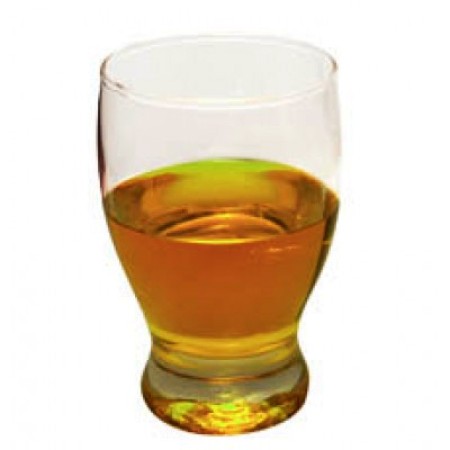Lanolin Oil
Product Name: Lanolin Oil
Lanolin’s complex composition of long-chain esters, hydroxyesters, diesters, lanolin alcohols, and lanolin acids means in addition to it being a valuable product in its own right, it is also the starting point for the production of a whole spectrum of lanolin derivatives, which possess wide-ranging chemical and physical properties. The main derivation routes include hydrolysis, fractional solvent crystallisation, esterification, hydrogenation, alkoxylation and quaternisation. Lanolin derivatives obtained from these processes are used widely in both high-value cosmetics and skin treatment products. Lanolin and its many derivatives are used extensively in both the personal care (e.g., high value cosmetics, facial cosmetics, lip products) and health care sectors such as topical liniments. Lanolin is also found in lubricants, rust-preventive coatings, shoe polish, and other commercial products. It is frequently used in protective baby skin treatment and for sore nipples in breastfeeding mothers. Lanolin is used commercially in many industrial products ranging from rustproof coatings to lubricants. Some sailors use lanolin to create slippery surfaces on their propellers and stern gear to which barnacles cannot adhere. Commercial products (e.g. Lanocote) containing up to 85% lanolin are used to prevent corrosion in marine fasteners, especially when two different metals are in contact with each other and saltwater. The water-repellent properties make it valuable in many applications as a lubricant grease where corrosion would otherwise be a problem.
Lanolin is also used in lip balm products such as Carmex. For some people, it can irritate the lips. Lanolin is a popular additive to moustache wax, particularly 'extra-firm' varieties. Lanolin, when mixed with ingredients such as neats foot oil, beeswax and glycerol, is used in various leather treatments, for example in some saddle soaps and in leather care products.
Tags: Lanolin Oil









